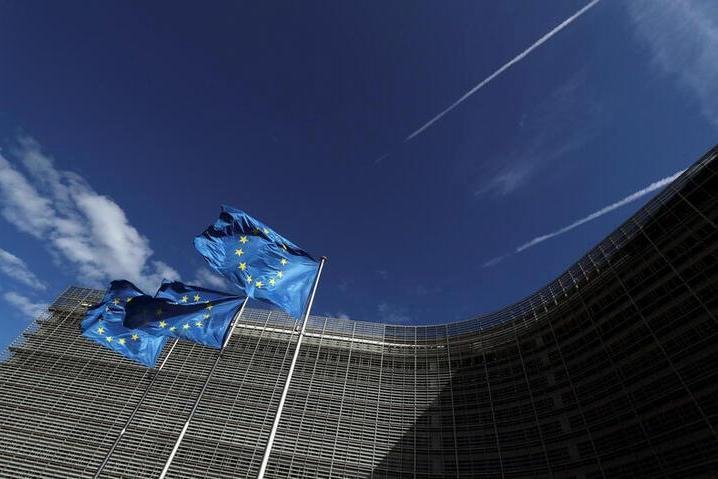Initially set to expire in February 2024, the gas price cap will remain in effect until the end of January 2025.

In a proactive move to fortify its energy security and shield consumers from potential shocks, the European Union (EU) is poised to extend its emergency cap on the price of gas for an additional 12 months. The decision, backed by energy ministers on Tuesday, comes as a precautionary measure given the persisting geopolitical uncertainties in the energy landscape.
The genesis of the gas price cap dates back to December 2022 when the EU initially implemented the measure in response to soaring energy prices triggered by Russia’s reduction of gas supplies to Europe following its invasion of Ukraine. The move was a strategic response to mitigate the impact of cripplingly high energy costs on member states.
As of today, Europe finds itself in a more comfortable energy security situation compared to the preceding winter. Energy prices have significantly lowered, countries have diversified their gas sources to reduce dependence on Russian supplies, and gas storage facilities are nearing full capacity.
Despite the relatively favorable start to the winter, EU Energy Commissioner Kadri Simson emphasized the fragility of the geopolitical situation. “These emergency measures help us to shield our consumers against excessive energy prices,” stated Simson, underlining the ongoing need for precautionary measures.
Initially set to expire in February 2024, the gas price cap will now remain in effect until the end of January 2025. While the agreement by ministers awaits formal written adoption, this step is typically a formality in the legislative process.
In addition to extending the gas price cap, EU countries have agreed to prolong two other energy crisis measures for the same 12-month period. One of these measures expedites permits for renewable energy projects, facilitating the transition away from Russian gas towards cleaner power sources. The second measure establishes rules to ensure that countries share gas during periods of shortage, enhancing collective resilience in the face of supply challenges.
Czech Industry Minister Jozef Síkela commended the EU’s response to last year’s energy crisis, asserting that it eliminated “Putin’s possibility to blackmail us.” This refers to Russia’s historical ability to influence gas prices by manipulating supplies to Europe.
Since Russia’s invasion of Ukraine in February 2022, gas deliveries from Russian energy giant Gazprom to Europe have plummeted significantly. In 2018, Gazprom sent 180 billion cubic meters of gas to Europe, but in 2023, it only supplied 27 billion cubic meters.
It’s essential to understand the concept of gas prices and the significance of the EU’s price cap. Gas prices, measured in euros per megawatt hour (eur/MWh), represent the cost of natural gas in the European market.
The EU’s gas price cap is designed to come into effect if gas prices surpass 180 euros per megawatt hour. However, this trigger level has not been reached since the depths of Europe’s energy crisis. In August 2022, gas prices peaked at over 300 eur/MWh on the front-month Dutch TTF gas contract, but as of Tuesday, the contract was trading at around 34 eur/MWh.
In essence, the gas price cap serves as a protective mechanism, preventing consumers from facing exorbitant energy costs during times of geopolitical volatility or supply disruptions. By extending these emergency measures, the EU aims to maintain stability and resilience in its energy infrastructure while safeguarding the interests of its member states and consumers alike.
The move reflects the EU’s commitment to navigating the complex and dynamic energy landscape, ensuring security and affordability in the face of evolving geopolitical challenges.